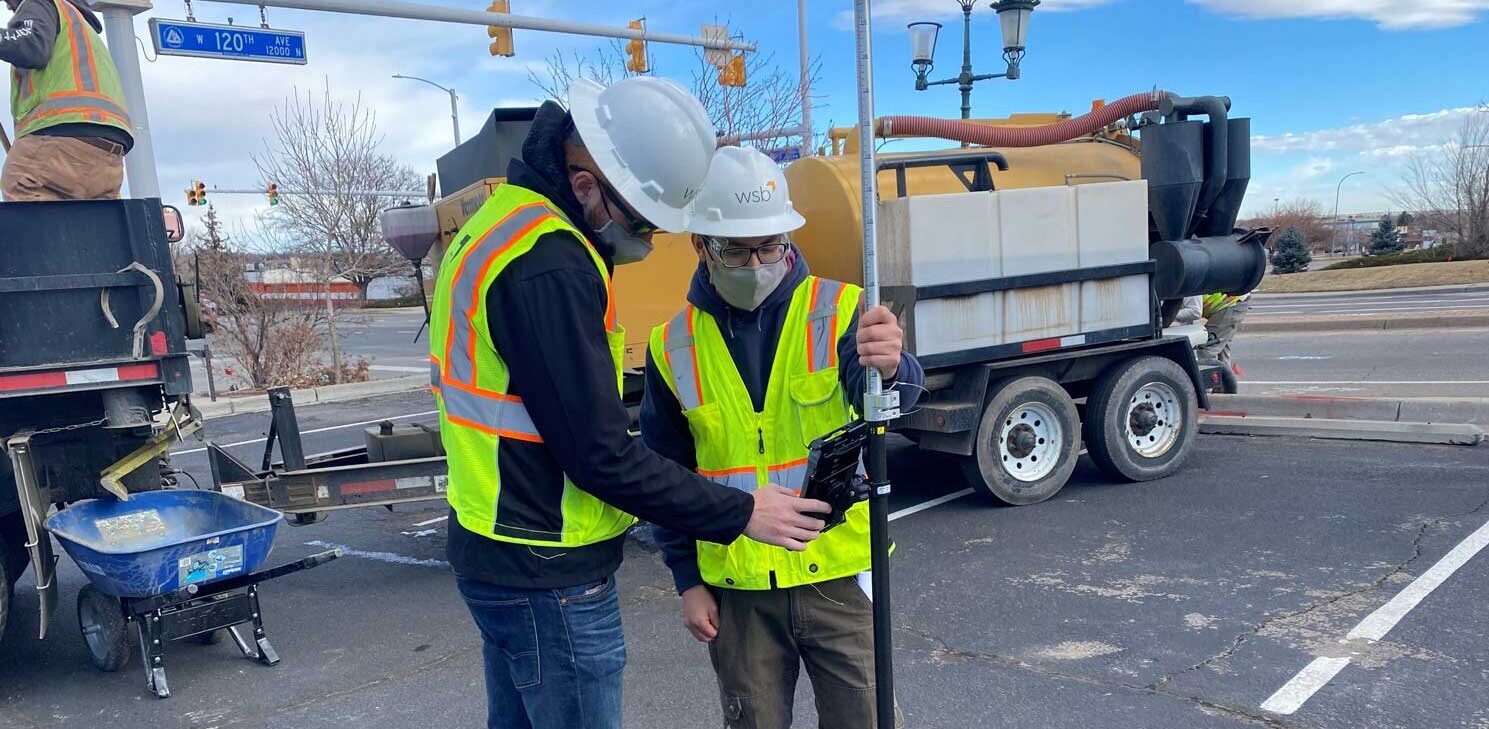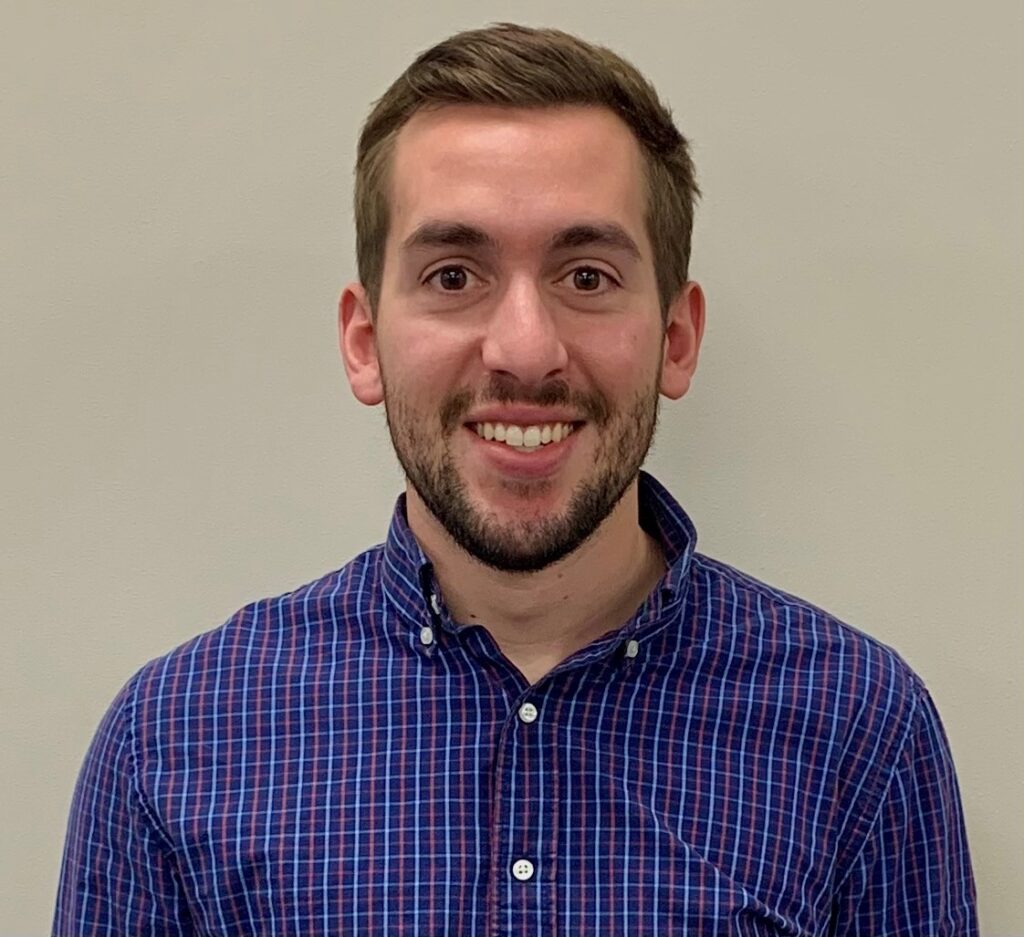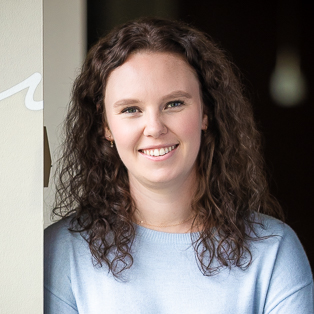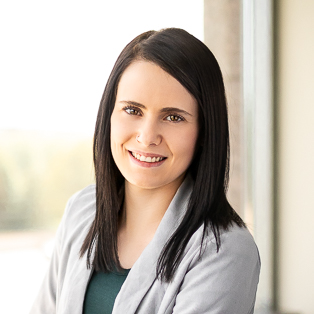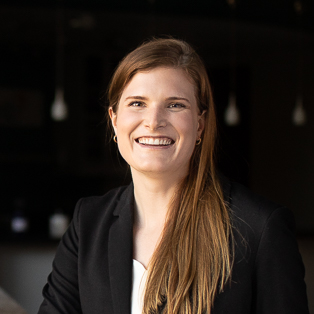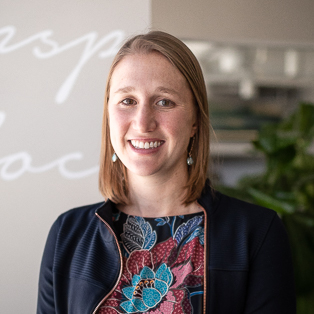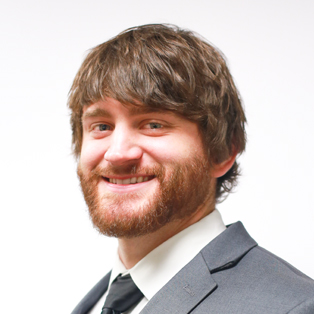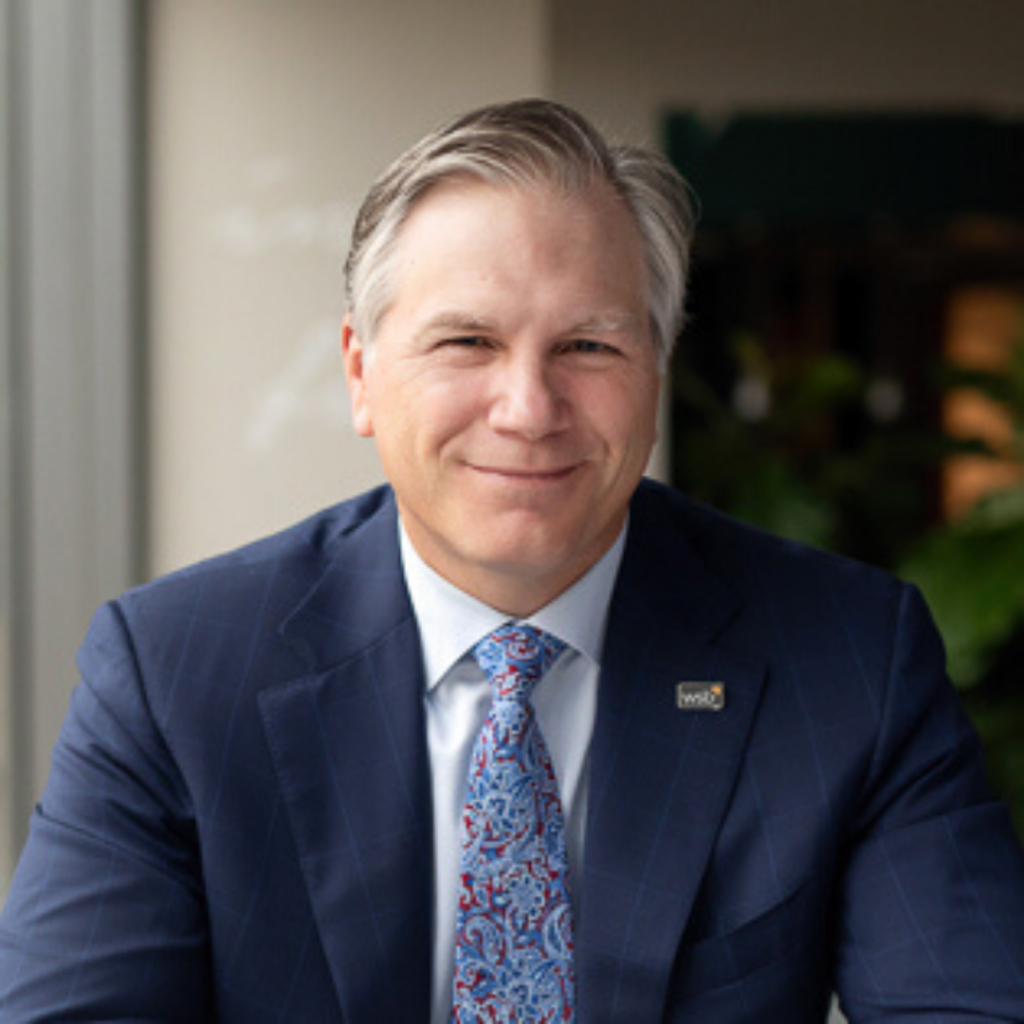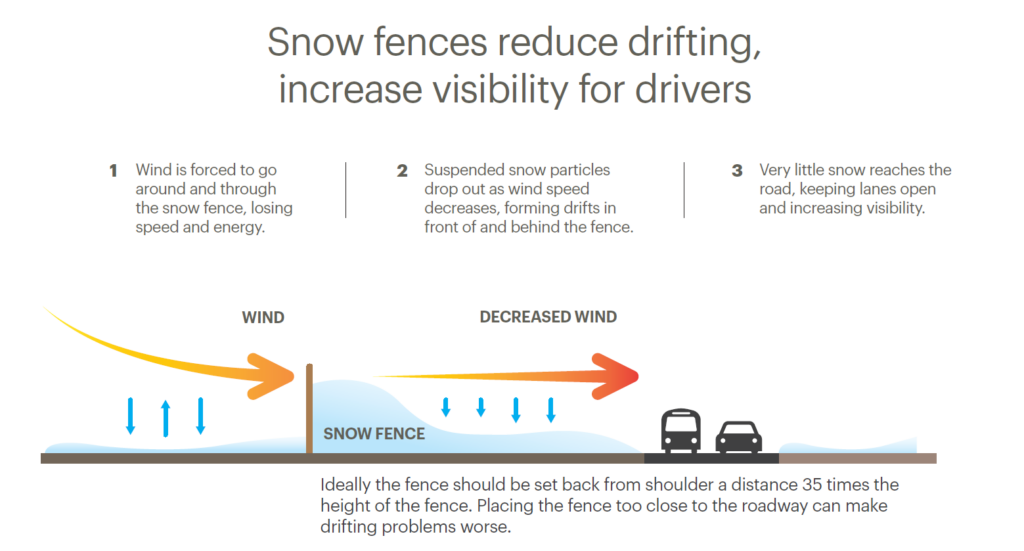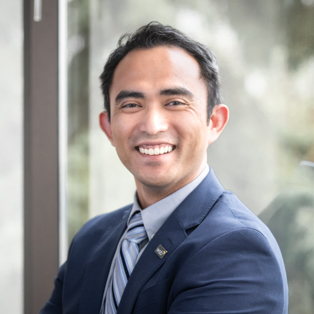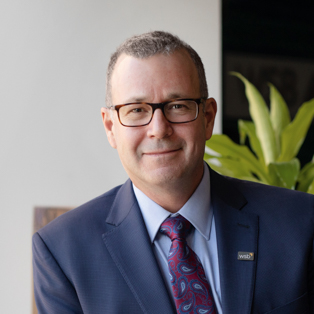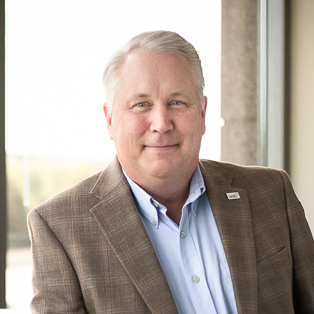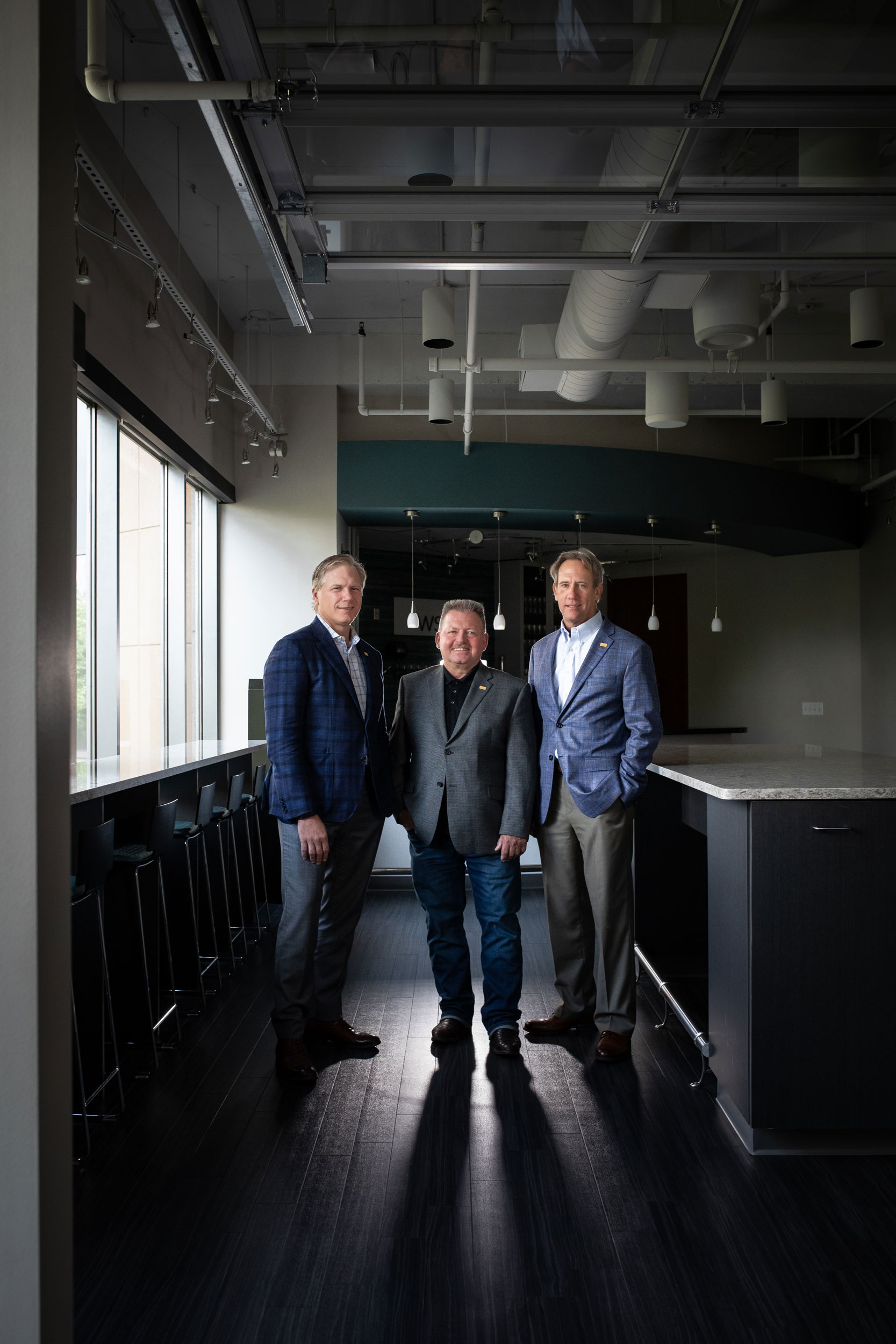More than 25 years ago, a group of engineers early in their careers met for happy hour and decided to start something new. A firm that would be different than all the others and one that would focus on staff, clients and innovation. In this Q&A, founders Bret Weiss, Pete Willenbring and Ron Bray reflect on the early beginnings of WSB and what the future holds for our firm.
B – Bret Weiss, President & CEO
P – Pete Willenbring, Vice President
R – Ron Bray, Vice President
When you first formed WSB, what were your goals?
P: My goals were relatively simple and straightforward: To create a company that had internal and actively involved owners focused on hiring and retaining only the best staff, providing client service second-to-none, and creating a positive, supportive and fun work environment.
B: When we started, we were focused on creating a firm that focused on our staff and clients. We have spent a lot of time and energy achieving that goal, but also realized that there was a need for a firm that pushed outside of how others operated. For us, that involved looking beyond the established solutions toward using technology to create a better deliverable.
R: The formation of WSB was to establish a top-notch engineering company with great service, but with an emphasis on the value of its employees.
Did you anticipate this level of growth and success?
R: WSB was able to grow faster than we anticipated based on quality service, great employees with unique talents, and well-established client relationships. Our goal of 50 employees in five years happened much sooner than anticipated, which was great, and we’ve kept growing since then. I think that establishing a key management structure helped facilitate our continued growth.
P: I anticipated our firm would grow to a level like other successful consulting firms in the Twin Cities. I did not envision growth in some of the new service areas we have created.
B: I knew that if we wanted to be the firm of choice that we would need to grow and expand. Our goal was to be a long-lasting and independent consulting firm. In order to do that, growth is required to provide opportunities and resources to build the systems and structure that would support a larger firm.
Any advice for leaders now and for those who come after you?
B: Be unique. Too many businesses follow the lead of others and then become images of each other. It can be very hard to differentiate. We have charted our own path and that will continue. It is not an easy road, but most anything we do in life that’s worth it requires hard work.
P: Although other management elements are important, the consulting business is about hiring and retaining staff that our clients and staff need and want to work with. This means they have not only technical skills, but interpersonal skills that allow them to fully relate to the client as well as fellow staff members. If you have staff with those attributes, you will be successful.
R: Our focus on expanding our services and opening strategic office locations is key. At the same time, let’s remember what made us great was quality client service and an emphasis on the value and growth of our staff. It is very important to me that we remember to be humble.
What do you think WSB looks like in the future?
P: All that we know for sure is that it will change, and we need to be receptive to that. This year is a prime example of how quickly things can change. Many of us may be working remotely in the future, and the way we deliver service to our clients will likely change as well. We will need to constantly stay nimble, reevaluate our markets, make sure we understand what our clients need and find the best ways to meet those needs.
B: I don’t know for sure, but we will be larger, more diverse and a leader in our industry. The staff that we have been able to attract to WSB continues to be stronger every year. We are finding our stride in using and developing cutting-edge technology. This will help us broaden our reach and increase the locations that we serve.
R: WSB will continue to grow and expand into other market areas. At the same time, the business model will change and adapt to continue to be the leader in quality client service. Technology is advancing at a faster rate than ever, so the way we do business will need to incorporate this technology and the business model will need to change to stay on that leading edge.
What has been your biggest motivator over the past 25 years?
R: I would say it has been the energy of the folks at WSB. Energy just builds more energy and moves all of us to do better and be more competitive.
P: Getting new and interesting projects, and then working with our awesome clients and staff to provide the best service possible.
B: I have always wanted to use the talents that I have been given to be the best I can be. When you start a company from nothing, there is a lot to grow and develop. I know that we can get better and striving to be the best for our staff and clients has always been my biggest motivation. If we do those two things, everything else will take care of itself.
What are you most proud of?
B: A small percentage of startup companies make it to 25 years, and we did. We are focusing on the right things and it is paying off. I am so proud of the company that we have developed and the staff that make it so special.
P: Our staff and the helpful, engaged and supportive environment they create every day.
R: I am excited that I’ve had the opportunity to deliver somewhat complicated and controversial projects at a high level to our clients. Many of these projects have been recognized as award winning by our peers and that is something that really makes me feel proud – of our staff and our clients.
Any favorite memories you’d like to share?
P: They involve silly little things, like Don finding a good deal on RAM for computers, activities surrounding the acquisition and delivery to the office of our various pop machines and a fictitious issue Ron had with the State Board of Registration.
B: We held our first holiday party at the office and catered in Leeann Chin. Pete talked the deli downstairs into letting us use their ovens to warm up the food. We did everything ourselves and at the end of the evening, we handed out our first WSB hats. I will never forget how excited we all were. It was like we were finally legitimate.
R: I have a lot of favorite memories fortunately. I am always excited to think of our WSB Celebrations and annual picnics with our staff.
Was there a certain moment when you knew that WSB was going to be successful?
B: We couldn’t afford to fail, so we were confident from the very beginning. Sure, there were some scary times and leading through a pandemic is one of them. However, there was never a time that I thought we couldn’t win. We have focused on our company and our staff and never compared ourselves to others.
P: I thought it would be from the beginning, but realized we had an opportunity to grow even more quickly when just a few weeks before we were to start the firm, the non-local owners of our previous consulting firm decided to replace the current CEO. Clients work with who they know, like and have a relationship with. The firm they work for is a secondary consideration. This provided us with an enhanced opportunity to work for these clients.
R: In the fall of 1996, we were building a strong client list and the work started coming in. We felt more stable and I think that was when I knew we had something special going.
What is one misstep you wish you could erase? What did you learn from that misstep and how did it help shape WSB and your career?
R: We were so busy and growing and things were going great, but we grew so fast and were all working so hard that we weren’t managing the company as well as we should’ve. As a group, we decided to step back and take the time to better understand what needed to be done and work to better understand our strengths and weaknesses at a leadership level. This was an important turning point and ended up setting the stage for future growth.
P: It was challenging to have multiple owners making joint decisions on everything. We learned from this and defined roles later on, but developing a structure, staying flexible and communicating with each other is very important.
B: I have always been very competitive and never shy away from conflict or a challenge. There have been a few times early in my career that I responded poorly to situations. I learned that there are times to talk smart and times where it is not warranted. At the same time, that competitiveness and strong resolve to not let anyone push us around has driven WSB to be a successful, well respected firm.
Is it challenging to watch what you’ve built grow, change and move in different directions?
P: In terms of truly “challenging,” the most challenging times were during the early years when the firm was small. We were adding staff as fast as we could find them, the owners were not taking salaries and we had to quickly develop new service areas in order to compete in our marketplace. During these times, we were also fighting for market share against established firms with larger staff and many more service offerings.
B: Not at all. Our goal was to create a great firm that valued staff and clients. We have looked for opportunities over the years and change has been important to our success. We never had non-negotiable ideas for what the company needed to look like, so watching others helped us mold our company into what it is today, and it’s been very fulfilling.
R: I don’t know if challenging is the right word, but I would say it is exciting to see WSB take on some new life in various areas, both geographically and service wise.
How have your personalities worked together to build WSB?
R: I tend to be optimistic, often pushing for extending outside of our existing limits. But this push and pull provided a good balance. We know how hard to push each other and we know when to back off. It’s been rewarding to see Bret leading us through and I’m proud of what we’ve accomplished together.
P: The founding partners have different personalities and have had similar and different perspectives on the best way to run the company. For the most part, this was a good thing, but other times it created some challenges we needed to work through. I am certain that both our similarities and differences allowed all of us to grow and appreciate new ideas. It also allowed us to move in directions we otherwise would not have considered.
B: Many people have told me that they are surprised that our partnership has been so successful. We did not get in each other’s way and that has been the key. Each of us is different, which added to our success. Our different personalities and similar values allowed us to tackle many different problems and there always seemed to be someone that was passionate about an issue.
What’s the best trait of your fellow founders?
B: Ron is very positive and optimistic. He believes that anything can be achieved and is not afraid to provide encouragement. Pete takes time to have fun and to celebrate while being cost conscious. He has always helped us watch our pennies.
P: They are all dedicated to creating a company that is exceptional, are not afraid of long hours or hard work and truly care about our staff and clients.
R: Pete is very budget and spend cautious, but good in his expertise of water resources. Don was good at holding the office down and cranking out the work. Bret had a good reputation in the municipal market and worked hard to secure new clients and projects. Together, with my network and knowledge of transportation and construction, it was a great balance. Our individual skills came together to venture into new areas, gain clients and build workload.
What’s your all-time favorite WSB promotional item?
R: It was the hunting hats hands-down! People love them whether it be camo or bright blaze orange. Even if they didn’t hunt, they still like to wear them.
P: It may seem trivial, but over the years, it has been our high-quality WSB pen.
B: I have always loved our golf balls, but the plastic wine glasses might be the most popular. The funniest have been the boxer shorts and golf socks.
You can only name one thing, what’s been the key to WSB’s success?
P: Our staff. Without their dedication and commitment to the company and each other we could not have done what we have.
B: Drive. We have advanced our company for 25 years and we continue to look for ways to be the best we can be.
R: Great employees!
If you could set-up a WSB office anywhere NOT in the US, where would it be and why?
B: This is not outside of the U.S., but I would probably say New York City so that I could be a little closer to my son and daughter-in-law. They have been living with us during the pandemic and it will be hard to have them go back to NYC.
P: Vietnam. They are one of the most rapidly growing economies in the world, have a significant need for many of the services we offer, have a highly educated work force and opportunities in this area will only increase with time.
R: Not even a consideration in my mind. I am fine sticking with the good ole USA.
